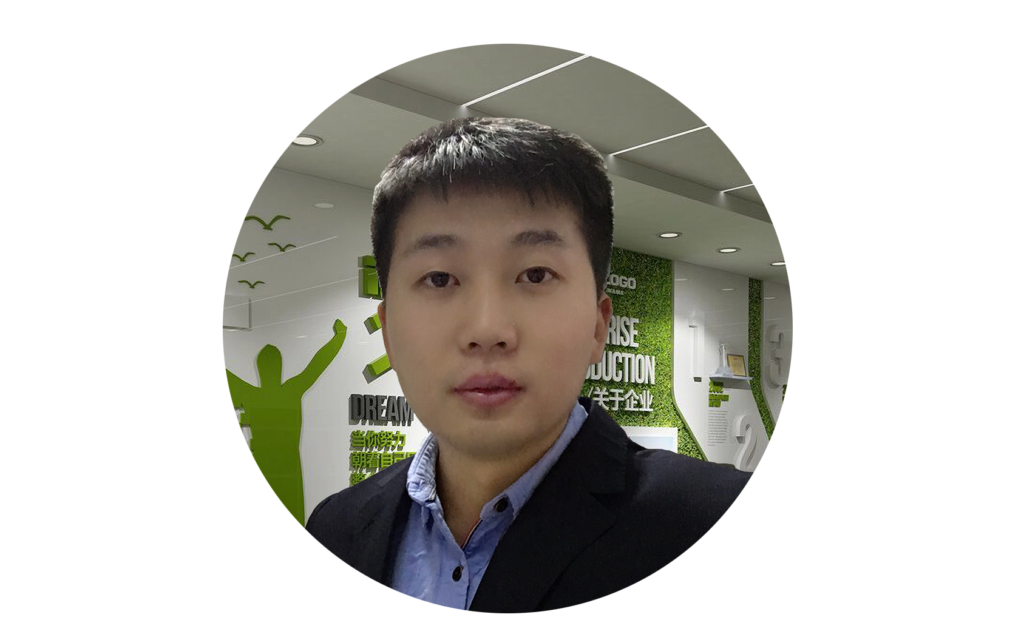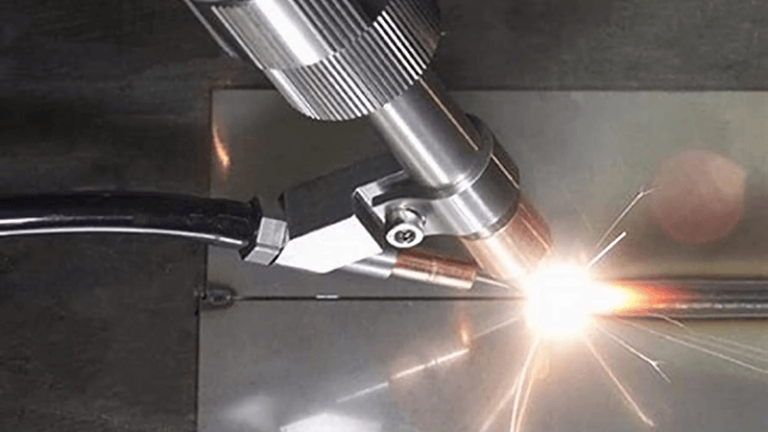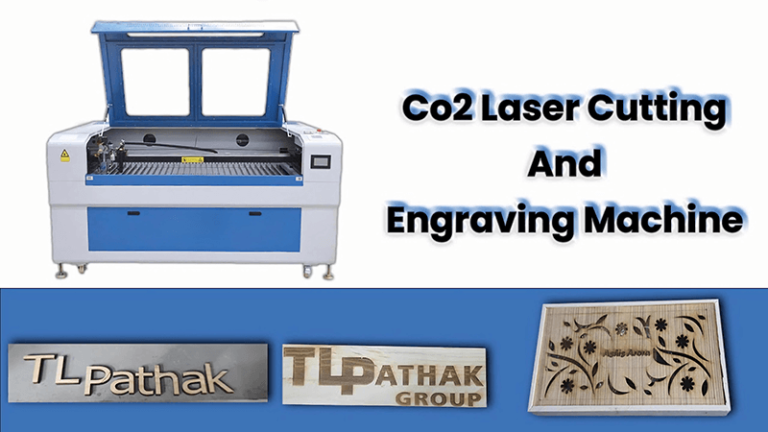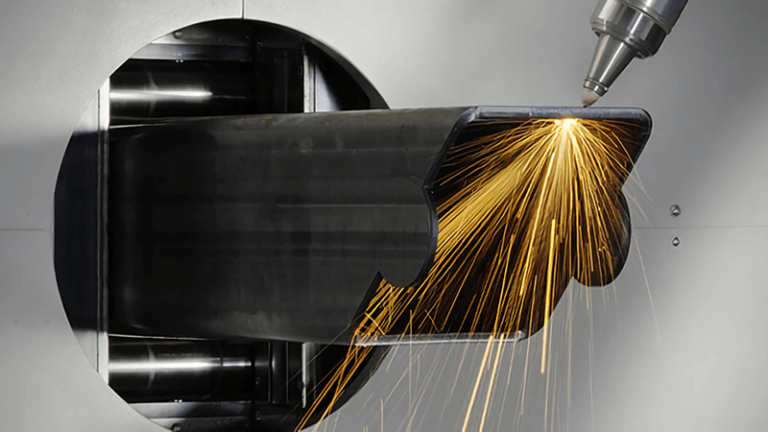Laser cleaning technology is revolutionizing the way we clean precision equipment. With its non-contact, precise approach, it offers a safe and efficient solution for delicate components. In this article, I will explore how laser cleaning works and its benefits, especially from the perspective of Kirin Laser.
Laser cleaning machines use high-intensity laser beams to target contaminants on precision equipment, vaporizing or ejecting them while keeping the underlying material safe. The process is fast, efficient, and perfect for delicate parts, such as those in aerospace.
Now that we’ve touched on the general concept, let’s dive into how these machines work and why they’re gaining popularity in industries that require precision.
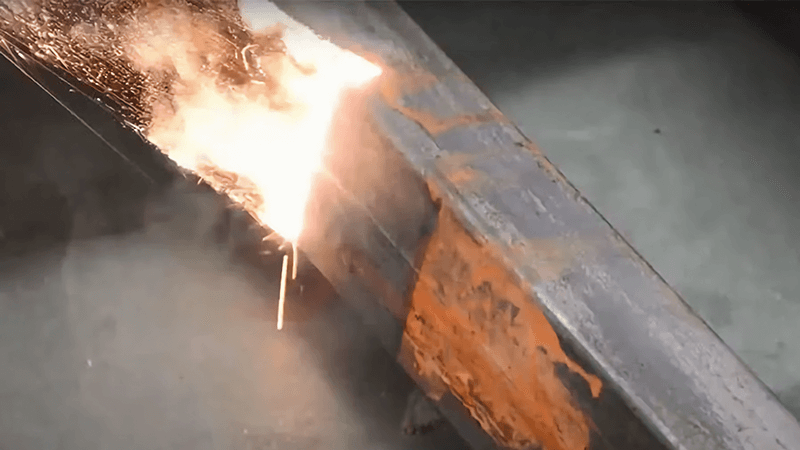
How Do Laser Cleaning Machines Work?
Laser cleaning machines operate by focusing intense laser beams on the surface of an object. But how exactly do these machines clean without causing damage to the precision equipment? Let’s take a closer look.
Laser cleaning works by directing high-energy laser pulses onto the surface of an object, causing contaminants like rust, oil, and dirt to heat up and evaporate. This process is non-contact, meaning there’s no risk of damaging the delicate parts beneath.
Understanding the technology behind laser cleaning machines is key to appreciating how they preserve the integrity of precision equipment while effectively cleaning. Here’s how the process unfolds:
The Basics of Laser Cleaning
Laser cleaning relies on a process called “laser ablation1,” where high-intensity laser light interacts with contaminants on the surface. When the laser strikes the surface, the contaminants absorb the energy, causing them to rapidly heat up. This sudden temperature change leads to the contaminants either vaporizing or being ejected from the surface. The underlying material is unaffected because the laser is focused on the contaminant layer and is typically pulsed in very short bursts.
Precision and Non-Contact Cleaning
Unlike traditional methods like abrasive cleaning, sandblasting, or chemical cleaning, laser cleaning2 is a non-contact process. This is crucial when dealing with precision equipment, where even the smallest scratch or abrasion can affect functionality. For example, in industries like aerospace or electronics, components like turbine blades or microchips require cleaning that preserves their structural integrity. Laser cleaning ensures that contaminants are removed without direct contact, reducing the risk of damage.
Versatility
Laser cleaning machines are highly versatile. They can be used on a variety of materials, including metals, ceramics, plastics, and even composites. Additionally, these machines can be adapted for different levels of intensity depending on the type of contamination, making them suitable for light cleaning as well as more stubborn dirt or rust.

Do Laser Cleaning Machines Really Work?
A common question is whether laser cleaning is truly effective. Given the precision required for sensitive components, it’s essential to understand how well laser cleaning works in real-world applications.
Laser cleaning has proven highly effective, especially for industries like aerospace, automotive, and electronics. Its precision allows for the removal of contaminants without causing damage, making it ideal for delicate equipment.
Many industries are turning to laser cleaning, and for good reason. Here’s why it works so well:
Effectiveness on Contaminants
Laser cleaning machines can effectively remove a wide range of contaminants, including rust, oil, dust, and even paint. The high-energy laser pulses break the bond between the contaminant and the surface, allowing for precise removal. For example, a client in the aerospace industry needed to clean turbine blades covered in rust and oil. Traditional cleaning methods were either ineffective or posed a risk of damaging the delicate components. By implementing laser cleaning3, they were able to efficiently remove the contaminants, restoring the blades to their original condition without compromising their structural integrity.
Precision
Laser cleaning is not only effective, but it’s also highly precise. The focused nature of the laser means that only the contaminant layer is affected, leaving the underlying surface untouched. This is especially important in applications like electronics, where even minor damage to components can lead to malfunctions. In comparison to abrasive methods or chemicals, laser cleaning offers a far more controlled and predictable result.
Eco-Friendly
Laser cleaning also offers an eco-friendly4 solution to traditional cleaning methods. There’s no need for harsh chemicals or abrasive materials, which means less waste and lower environmental impact. This makes it an attractive option for industries looking to reduce their carbon footprint and meet environmental regulations.

How Long Does Laser Cleaning Take?
Laser cleaning is often praised for its speed, but how fast is it really? Let’s explore how long the process takes and what factors influence the cleaning time.
The time it takes for laser cleaning depends on the size of the area being cleaned and the type of contaminants. However, it’s generally faster than traditional methods, making it ideal for industries with tight production timelines.
The time needed for laser cleaning varies, but one of its biggest advantages is speed. Let's break down what influences cleaning time:
Area Size
The size of the surface being cleaned is the primary factor affecting cleaning time5. Larger components or machinery will naturally take more time to clean, especially if the contaminants are spread out over a large area. However, compared to traditional cleaning methods like sandblasting or chemical cleaning, laser cleaning is still much faster due to its direct, non-contact nature.
Type of Contaminant
The type of contaminant also plays a role in how long cleaning takes. For example, thick layers of rust or heavy oil buildup may require more laser pulses to remove effectively. Lighter contaminants like dust or paint may take less time to clean. Laser cleaning machines can be adjusted to deliver more energy for tougher contaminants, or less energy for lighter cleaning tasks.
Precision and Efficiency
The precision of laser cleaning6 means that the process can be highly efficient. The laser focuses specifically on the contaminants, ensuring that the cleaning process is targeted and fast. This minimizes the time needed compared to other cleaning methods that may require multiple stages or interventions.

How Does Laser Deep Cleaning Work?
Laser deep cleaning is a more advanced process that targets deep-set contaminants or surfaces that are harder to clean. But how does this work, and why is it important for industries with specific needs?
Laser deep cleaning uses more focused, intense laser pulses to target deeper contaminants. It’s ideal for situations where traditional cleaning methods can't reach or where precision is critical.
Laser deep cleaning is a more specialized form of cleaning that uses higher intensity laser pulses to break down stubborn contaminants embedded deeper in the surface. Here's how it works:
Focused Intensity
In laser deep cleaning, the laser7 intensity is typically increased to reach deeper layers of contamination. This is ideal for situations where rust or other contaminants have penetrated below the surface layer or are stubbornly embedded in crevices. The high energy of the laser allows it to penetrate the contaminant layer, vaporizing it without affecting the underlying material.
Applications in Heavy Industries
Laser deep cleaning8 is especially useful in industries like aerospace, automotive, and manufacturing, where deep contamination can affect the performance of critical components. For example, turbine blades or engine parts might accumulate contamination deep within the surface over time. Traditional cleaning methods might not be able to reach these deeper layers, but laser cleaning can do so effectively and safely.
Precision and Care
Even in deep cleaning, the precision of laser technology ensures that the delicate components are not harmed. The laser only affects the contaminant layer, leaving the base material untouched. This makes it an excellent option for industries where high-value components are involved and where surface integrity is paramount.

Conclusion
Laser cleaning technology9 has proven to be an efficient, precise, and environmentally friendly solution for cleaning precision equipment. From removing contaminants like rust and oil to deep cleaning critical components, laser cleaning provides numerous advantages over traditional methods. At Kirin Laser, we offer high-quality laser cleaning machines that deliver exceptional results for industries such as aerospace, automotive, and electronics. The ability to clean delicate parts without causing damage makes laser cleaning an invaluable tool for precision applications.
-
Learn about the laser ablation process to grasp how it effectively removes contaminants without damaging surfaces. ↩
-
Explore the advantages of laser cleaning technology to understand its efficiency and effectiveness in preserving equipment integrity. ↩
-
Explore the advantages of laser cleaning technology and how it can revolutionize various industries. ↩
-
Learn about the eco-friendly aspects of laser cleaning and its impact on reducing environmental waste. ↩
-
Understanding the factors that influence cleaning time can help you optimize your laser cleaning process for efficiency. ↩
-
Discover how laser cleaning's precision enhances efficiency, making it a superior choice for targeted and fast contaminant removal. ↩
-
Discover how laser technology precisely targets contaminants without damaging underlying materials, ensuring safe and effective cleaning in critical industries. ↩
-
Explore the advantages of Laser deep cleaning to understand its effectiveness in removing stubborn contaminants without damaging surfaces. ↩
-
Find the best laser cleaninng machines and laser cleaning solutions from Kirin Laser, clicking this link to get all your needs. ↩

